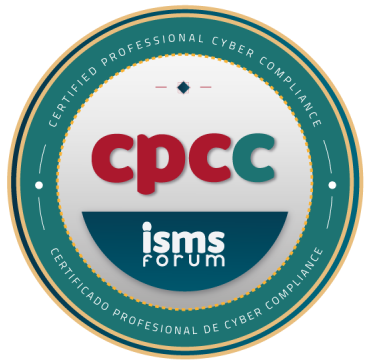What is the ITE?
It is a periodic Technical Inspection of buildings to determine their state of conservation, in accordance with the legal duty provided for in article 155 of the LOUA and 15 of the Consolidated Text of the Law on the Land Regime and Urban Rehabilitation, RDL 7/2015 of October 30.
The purpose of the technical inspection and its subsequent renovations is to carry out a check of the stability, safety, tightness and habitability or effective use of the buildings whose useful life, due to its age and passage of time, it is assumed to be out of stock.
What buildings are subject to Inspection?
All buildings protected and/or more than 50 years old, except for buildings located on land classified as non-developable whose constructed area is less than 50 square meters and are intended for uses linked to the use of natural resources.
However, as indicated in the Royal Decree Law 8/2011, of July 1, of measures to support mortgage debtors, control of public spending and cancellation of debts with companies and self-employed persons contracted by local entities, promotion of business activity and promotion of rehabilitation and administrative simplification, in its third additional provision:
“The determinations contained in this Royal Decree-Law relating to the technical inspection of buildings will only be applicable in municipalities with a population of more than twenty-five thousand inhabitants unless the Autonomous Communities establish other population standards and in those that the Administrations include in the areas or the metropolitan environments that they delimit.
The Autonomous Communities, when circumstances so advise, may provide for the application of the determinations relating to the technical inspection of buildings to municipalities not included in the previous section, and in said case, establish exceptions from compliance with the same to certain buildings according to their typology or its predominant use.”
That is, if there is no specific regulation in the Autonomous Community, the property is located in a municipality with a population of less than twenty-five thousand inhabitants and in said municipality there is no ordinance that regulates the ITE, it will not be obligatory to carry it out.
Who does it force?
To the owner or legitimate owners (natural or legal persons) as well as to the Communities of Owners in the case of buildings made up of premises and homes in a horizontal division regime.
What needs to be inspected?
Generally, in municipalities that have an ITE or IEE ordinance, the following characteristics of a building are inspected:
- Structural safety, stability and consolidation, indicating whether there is damage that originates from or affects the foundation, supports, beams, slabs, load-bearing walls or other structural elements that may compromise the mechanical residence and stability of the building or construction.
- Safety related to interior, exterior and party walls of the building or construction, especially elements that may pose a danger to public roads or interior areas of the building, such as floor fronts, cornice, cladding, etc.
- Watertightness, indicating the general condition of roofs, roofs, parameters and exterior carpentry.
- General condition of plumbing and sanitation networks.
- State of habitability or effective use.
What happens if the building has been recently renovated?
In the event that comprehensive rehabilitation works have been carried out on the property, (of all the elements of the property) the new deadline for the presentation of the first ITE report is computed from the date of completion of said works.
In protected buildings, because due to their unique and monumental characters, historical-artistic reasons, value or architectural interest, they must be subject to special control, comprehensive rehabilitation, in general, will not imply a new period of 50 years for the presentation of the next ITE report, but it must be renewed every 10 years from the first review.
What differences exist between an ITE and an IEE?
Simply, in a Building Assessment Report, not only the state of conservation of the building is taken into account, but also compliance with current regulations on universal accessibility, as well as the degree of energy efficiency of said building.
If you want to learn how to carry out technical inspections in buildings, check out our offer:
Author: Ricardo Carballo




































